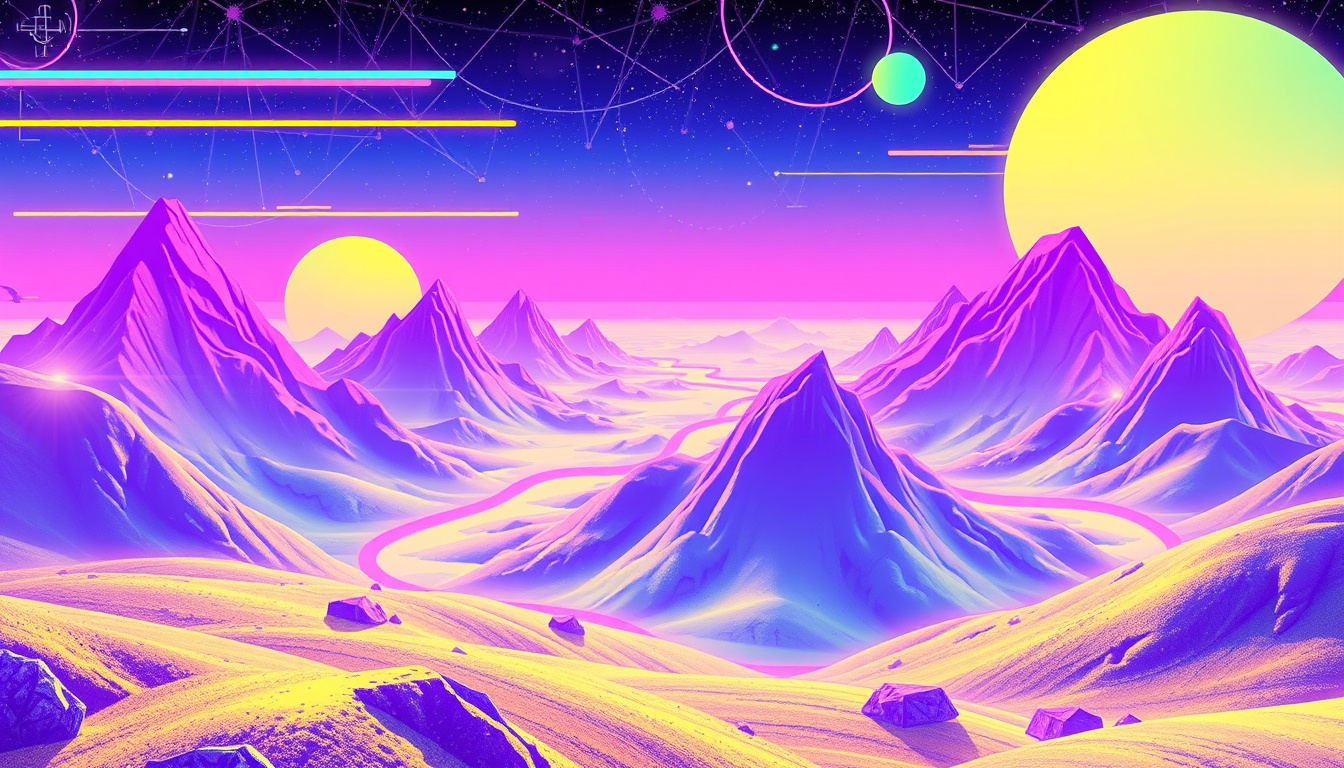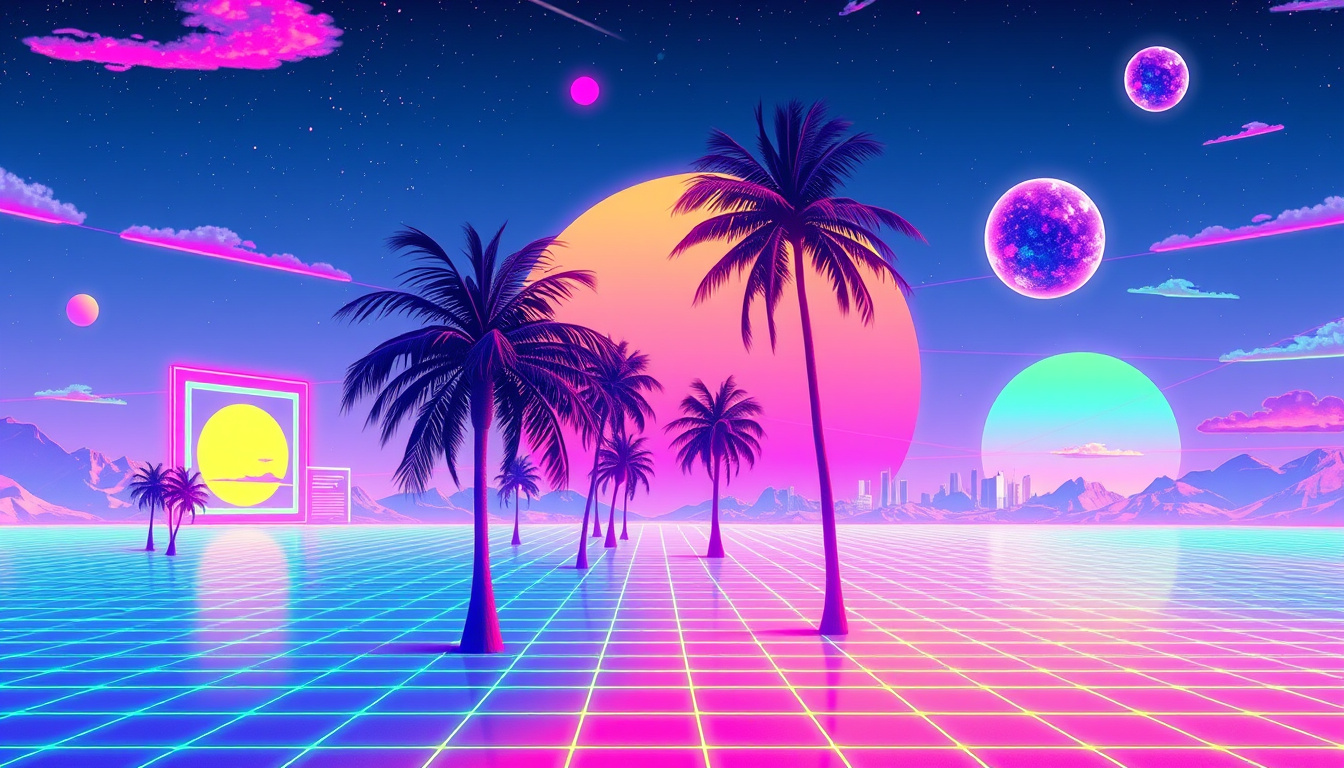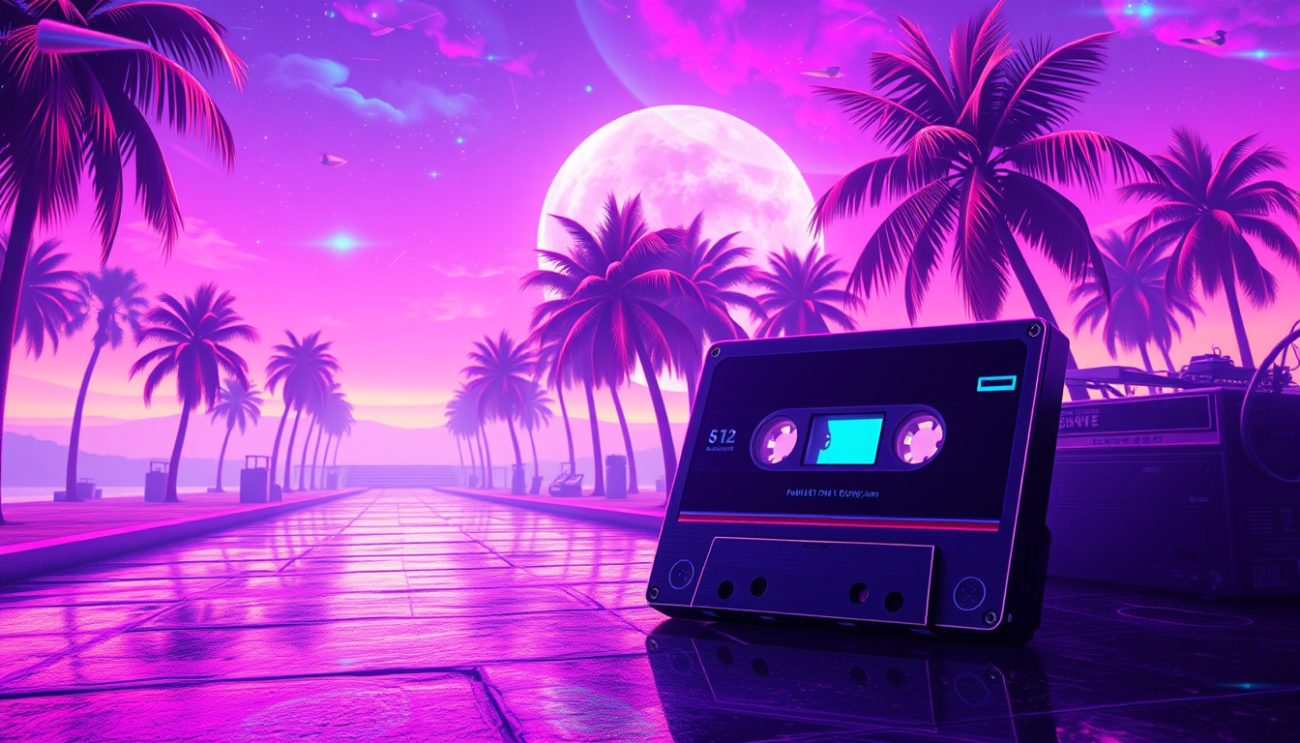In the ever-evolving landscape of digital culture, one phenomenon continues to captivate the internet with its ethereal vibes and nostalgic charm: vaporwave. As an artistic movement that emerged from the depths of online subcultures, vaporwave is not just a fleeting trend, but a resilient aesthetic that thrives on the nostalgia of past decades. In this article, we delve into the essence of vaporwave, exploring how nostalgia fuels its stunning visual and auditory experiences, its influence on modern internet aesthetics, and whether this unique movement has a lasting future. Join us as we uncover why vaporwave is not dead, but rather, a vibrant testament to the power of memory and creativity in the digital age.
![]()

How Vaporwave Influences Modern Internet Aesthetics
Vaporwave is not dead: how nostalgia fuels internet aesthetics has become a compelling discussion in the world of digital art and design. This genre, rooted in the late 2010s, takes its cues from a pastiche of 90s and early 2000s culture, embracing elements such as retro video game graphics, elevator music, and nostalgic advertisements. The revival of these aesthetic choices speaks volumes about our collective longing for simpler times amidst the chaos of modern life. Artists and creators utilize vaporwave motifs to evoke feelings of nostalgia, encouraging viewers to reflect on a bygone era, while simultaneously making bold statements about consumerism and digital life. As we navigate through various platforms, from social media to online galleries, vaporwave continues to inspire a new wave of internet aesthetics, signaling that it is very much alive and influential in shaping contemporary visual culture.
The Evolution of Vaporwave: From Subculture to Mainstream
Vaporwave is not dead: how nostalgia fuels internet aesthetics is a statement that resonates deeply within the digital landscape. Emerging in the early 2010s, vaporwave began as a niche subculture characterized by its unique blend of retro aesthetics—drawing from 80s and 90s pop culture, video game soundtracks, and a playful critique of consumerism. This genre encapsulated a sense of nostalgia that has only intensified over the years. The influence of vaporwave has seeped into various facets of contemporary design, music, and even fashion, where its signature pastel color palettes and surreal imagery reflect a longing for a simpler, albeit idealized past. As algorithms continue to shape our online interactions and auditory experiences, vaporwave serves as a digital time capsule, evoking feelings of nostalgia while simultaneously challenging our understanding of art and commerce in the internet age. The evolution of vaporwave from a subculture to mainstream recognition highlights its enduring appeal and the way in which nostalgic elements can redefine contemporary aesthetics.

Future of Vaporwave: Is it Here to Stay?
As we dive into the future of vaporwave, it’s essential to understand why this distinctive genre continues to resonate with audiences today. The phrase ‘Vaporwave is Not Dead: How Nostalgia Fuels Internet Aesthetics’ captures the essence of the movement, rooted in a unique blend of retro-futurism and textbook nostalgia. This genre, which originated from the digital underground, celebrated the aesthetics of the 80s and 90s, utilizing chopped and screwed samples from pop culture, commercial music, and elevator sounds, often layered over surreal visuals. Its very nature invites audiences to reminisce about a time they may have never lived through but feel an undeniable affection for. With virtual reality concerts, the rise of lo-fi beats on streaming platforms, and the spread of vaporwave-inspired merchandise, it’s clear that vaporwave isn’t merely a fleeting trend. It has morphed into a cultural touchstone that continuously redefines itself. This ongoing evolution suggests that vaporwave is not just alive; it’s thriving, propelled by community engagement and an ever-growing appreciation for its artistry. As this genre embraces new styles and technologies, its nostalgic roots ensure that it remains an influential force in shaping internet aesthetics for years to come.
Frequently Asked Questions
What is Vaporwave?
Vaporwave is an art and music genre that emerged in the early 2010s, characterized by its nostalgic and surreal blend of 1980s and 1990s aesthetics, including retro graphics, digital art, and samples from old songs, often aimed at critiquing consumer capitalism.
How does nostalgia play a role in Vaporwave culture?
Nostalgia in Vaporwave culture serves as a means to evoke feelings and memories from the past, often reflecting on a simpler time while simultaneously critiquing the commercialization that has occurred since. It utilizes a variety of outdated media formats and visual elements that resonate with longing for past eras.
In what ways has Vaporwave influenced modern internet aesthetics?
Vaporwave has influenced modern internet aesthetics by popularizing a unique visual and musical lexicon that incorporates retro graphics, glitch art, and surreal collages. These elements can be seen in various online platforms, theme designs, and social media profiles, shaping a broader trend towards nostalgia-driven content.
Has Vaporwave evolved from a subculture to a mainstream phenomenon?
Yes, Vaporwave has evolved significantly from its underground origins. Initially popularized by small online communities, it has permeated into mainstream media, with influences visible in fashion, advertising, and even popular music, leading to broader interest and acceptance.
Is Vaporwave likely to remain relevant in the future?
While trends in aesthetics can shift, the enduring appeal of nostalgia suggests that Vaporwave is likely to persist in various forms. Its adaptability and ongoing reimagining ensure its place within internet culture, keeping it alive and relevant for new generations.
